Introduction: Why Triply Cookware Stands Out
Triply cookware, featuring a three-layer design typically with stainless steel encasing an aluminum or copper core, has gained popularity for its superior performance compared to traditional single-layer cookware like cast iron or uncoated aluminum. But what specific advantages does it offer? This article highlights the key benefits of using triply cookware over traditional options, making a case for its place in modern kitchens.
Key benefits of triply cookware over traditional cookware include even heat distribution, durability, non-reactivity, versatility, and energy efficiency.
Let’s explore how these advantages elevate your cooking experience.
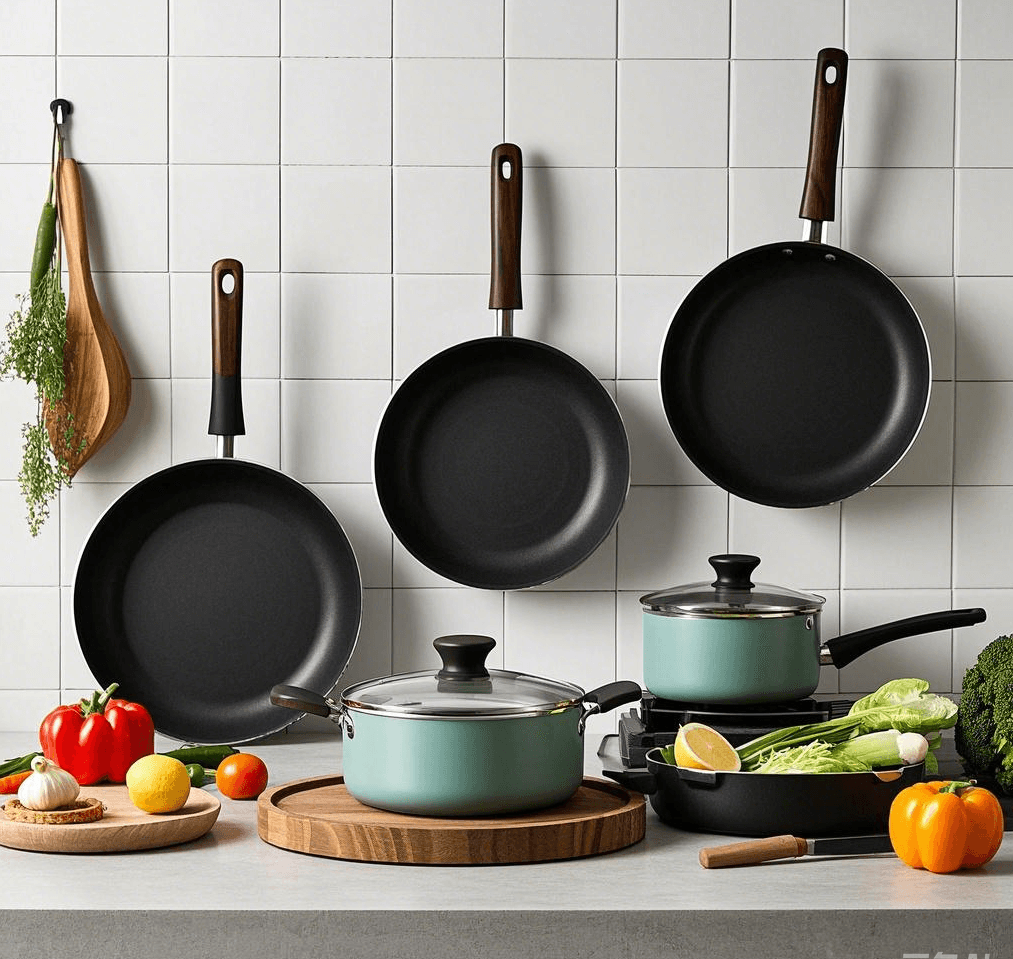
How Does Even Heat Distribution Improve Cooking?
Triply cookware’s multi-layer construction ensures consistent heat across the cooking surface, a major upgrade over traditional cookware.
- No Hot Spots: The conductive core—often aluminum—spreads heat evenly, unlike traditional cast iron or steel, which can heat unevenly and burn food. This is a critical advantage according to the Cookware Manufacturers Association.
- Precision Cooking: From searing steaks to simmering sauces, even heat delivers uniform results, reducing the risk of undercooked or overdone spots.
- Enhanced Control: The layered design balances heat flow, making it easier to maintain steady temperatures for delicate dishes.
Even heat distribution in triply cookware ensures consistent, high-quality cooking outcomes.
Why Is Durability a Key Advantage of Triply Cookware?
Triply cookware’s robust build outlasts many traditional options, offering long-term value.
- Warp Resistance: The stainless steel exterior resists warping under high heat, unlike thin aluminum pans that bend easily, as noted by Consumer Reports.
- Longevity: Combining stainless steel’s toughness with a strong core, triply withstands heavy use without cracking—cast iron, while durable, can chip or rust if not maintained.
- Practical Strength: Premium brands like All-Clad showcase triply’s ability to endure decades of cooking without losing shape or function.
Triply cookware’s durability surpasses traditional materials, promising years of reliable use.
How Does Non-Reactivity Benefit Food Safety and Flavor?
The non-reactive nature of triply cookware’s stainless steel surface sets it apart from reactive traditional cookware.
- Flavor Preservation: Unlike uncoated aluminum or copper, stainless steel doesn’t react with acidic foods like tomatoes or citrus, preserving natural tastes. The International Stainless Steel Forum underscores this inert quality.
- Safety Edge: No metal leaching means safer meals, especially compared to traditional options that might alter food chemistry over time.
- Versatile Use: Cook everything from vinaigrettes to marinades without worrying about off-flavors or pan damage.
Non-reactivity in triply cookware safeguards flavor and health, outperforming reactive alternatives.
What Makes Triply Cookware More Versatile Than Traditional Options?
Triply cookware adapts to a wide range of cooking methods and environments, outshining traditional cookware’s limitations.
- Stovetop Flexibility: Many triply pieces work on gas, electric, and induction stovetops—cast iron excels but isn’t always induction-ready without specific designs, per Serious Eats.
- Oven Safety: Triply’s stainless steel handles and lids often tolerate high oven temps (up to 500°F or more), unlike non-stick pans with coated handles.
- Technique Range: From frying to braising, triply’s heat control supports diverse recipes, whereas traditional aluminum struggles with consistency.
Triply cookware’s versatility spans stovetops, ovens, and techniques, surpassing traditional constraints.
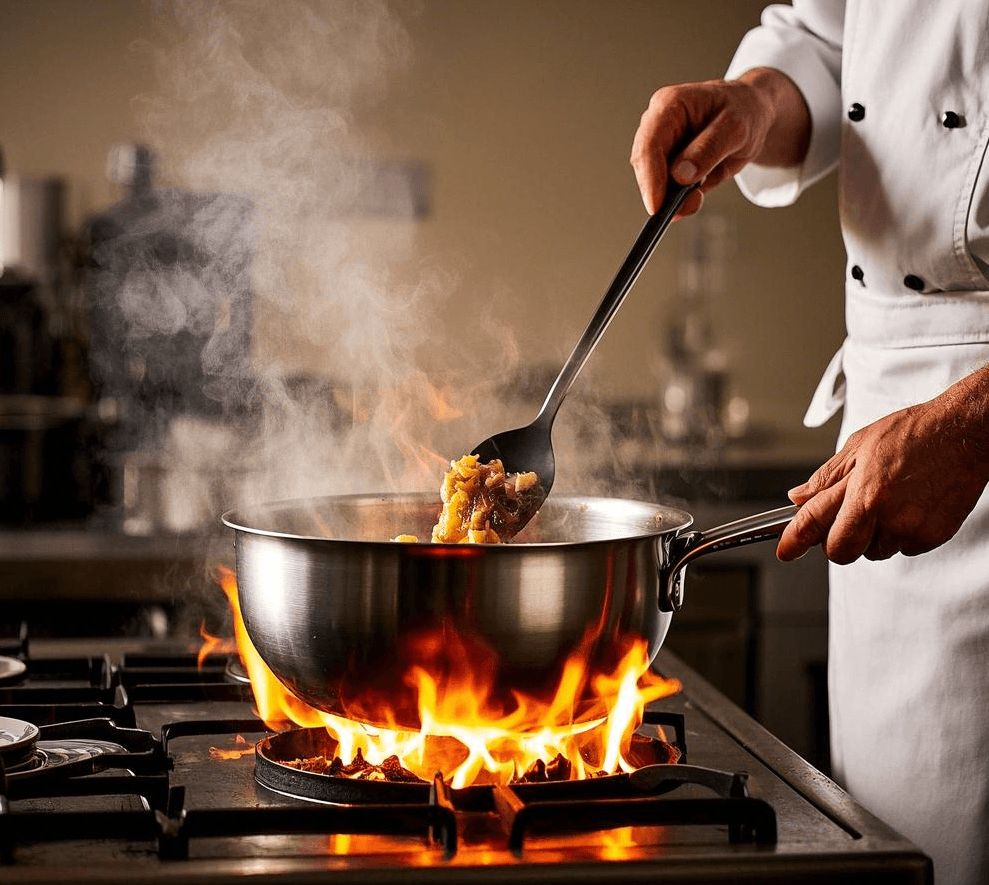
How Does Energy Efficiency Give Triply Cookware an Edge?
Triply cookware’s heat retention and conduction properties reduce energy use compared to traditional cookware.
- Heat Retention: The thick core holds heat longer, allowing lower burner settings after initial heating—cast iron retains heat but heats slowly, wasting energy.
- Quick Response: Aluminum or copper cores transfer heat fast, cutting cooking time compared to sluggish steel-alone pans, a benefit echoed by Xunyang Trading’s focus on efficiency.
- Sustainable Cooking: Less energy for the same results aligns with eco-friendly kitchen habits, offering a modern edge over older materials.
Triply cookware’s energy efficiency saves power and time, outpacing traditional cookware.
Claim: Triply Cookware Redefines Kitchen Performance
Triply cookware’s even heat, durability, non-reactivity, versatility, and energy efficiency provide clear advantages over traditional cookware like cast iron, aluminum, or steel. These benefits make it a superior choice for both novice and seasoned cooks.
Conclusion: Upgrading to Triply Cookware
In my view, triply cookware’s benefits—highlighted by companies like Xunyang Trading—make it a worthwhile upgrade from traditional options as of March 03, 2025. Its ability to cook evenly, last longer, protect flavors, adapt to any setup, and save energy transforms daily meals. For a kitchen that blends practicality with performance, triply cookware is the smart choice.



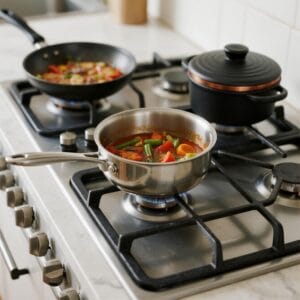
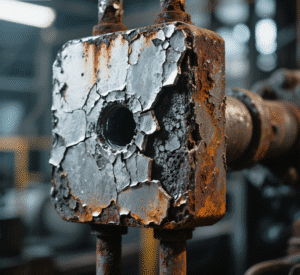
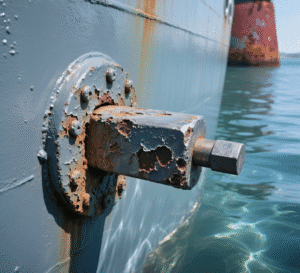
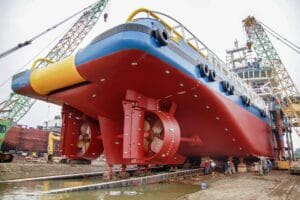
2 Responses